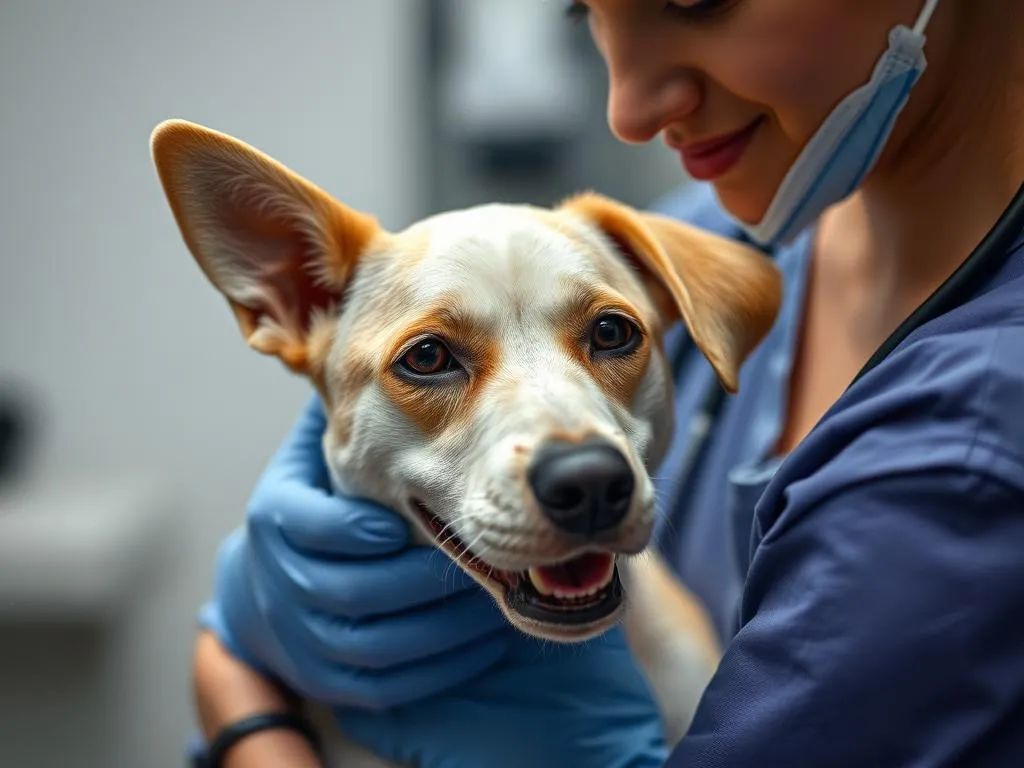
Regular veterinary visits play a crucial role in maintaining the health and well-being of our beloved pets. However, life can sometimes get in the way, making it challenging for pet owners to attend these appointments. Whether it’s due to work commitments, personal emergencies, or mobility issues, the question arises: can another person bring my pet to the vet for me? Understanding veterinary policies and legal considerations is essential for ensuring that your pet receives the care they need, even in your absence.
Understanding Veterinary Policies
General Veterinary Practices
Veterinarians are not just service providers; they form a unique bond with pets and their owners. Establishing a vet-pet relationship is vital because it allows for better understanding and more accurate diagnoses. Regular visits help in early detection of health issues, vaccinations, and general wellness checks.
Pet owners might find themselves in situations where they need someone else to take their pet to the vet. This could be due to sudden work obligations, illness, or even a family emergency. In such cases, it’s important to know the policies of your veterinary clinic regarding authorized persons.
Veterinary Clinic Policies on Authorized Persons
Most veterinary clinics have specific policies regarding who can bring a pet in for an appointment. Generally, clinics will allow a designated person to bring your pet, but they may require prior notification and some form of identification. Communicating with your veterinarian’s office ahead of time can clarify their specific requirements and ensure a smooth process.
Legal Considerations
Consent Requirements
When it comes to veterinary care, consent is a key aspect. If someone else is taking your pet to the vet, the clinic may require confirmation that you have authorized this person to act on your behalf. This could involve providing verbal consent over the phone or sending a written note with details about the authorized person.
Typically, the veterinarian will want to know the name of the person bringing your pet, their relationship to you, and any specific instructions regarding your pet’s care. Providing this information can help avoid any misunderstandings during the visit.
Power of Attorney for Pet Care
In more complex situations, you might consider a power of attorney for pet care. This legal document allows you to designate someone to make decisions on behalf of your pet in your absence. While this is not a common requirement for regular vet visits, it can be necessary in emergency situations or if your pet requires ongoing special care.
Having a power of attorney can simplify the process of veterinary visits, particularly if there are specific medical needs or treatment plans that must be followed. This ensures that your chosen representative can communicate effectively with the veterinary staff.
Preparing for the Vet Visit
Informing the Vet Clinic
Before someone else takes your pet to the vet, it’s crucial to inform the clinic. This can typically be done by calling ahead and providing details about the person who will be bringing your pet. Many clinics will require some form of written consent, especially if the authorized person is unfamiliar to the staff.
Documentation might include a note stating that you authorize this individual to bring your pet in for their appointment. If possible, provide the authorized person with a copy of any relevant medical history or treatment plans that the vet may need to know about.
Preparing the Pet
Preparation is key when sending your pet to the vet with someone else. Make sure to pack necessary items such as a leash, muzzle (if needed), and any paperwork the vet may require. It’s also essential to inform the person taking your pet about any specific needs, concerns, or behavioral issues your pet may have.
If your pet is anxious during vet visits, discuss strategies with the authorized person to help keep your pet calm. This could involve bringing along a favorite toy or blanket.
Choosing the Right Person
Criteria for Selecting an Authorized Person
Choosing the right individual to take your pet to the vet is critical. Look for someone who is responsible, reliable, and has experience handling pets. An ideal candidate would be someone who is familiar with your pet, as this can help reduce stress for both your pet and the caregiver.
Trust is essential; you need to feel confident that the person you choose will follow your instructions and handle your pet with care. Having someone who understands your pet’s personality and quirks can make a significant difference during the vet visit.
Communicating with the Authorized Person
Effective communication with the person taking your pet to the vet is paramount. Share detailed information about your pet’s needs, medical history, and any specific instructions for the vet. It might also be helpful to provide them with a list of questions or concerns you want addressed during the appointment.
Additionally, ensure that the authorized person has all necessary contact information for you and the vet clinic. This way, they can easily reach out if any issues arise during the visit.
Potential Challenges and Solutions
Common Issues When Someone Else Takes Your Pet
There can be various challenges when someone else takes your pet to the vet. Miscommunication is one of the most common issues, which can lead to incorrect information being conveyed to the veterinarian. Additionally, pets may experience stress or anxiety when separated from their owners, which can complicate the visit.
Situations may arise where the authorized person may not feel comfortable making decisions on your behalf, especially if unexpected treatments or procedures are suggested. This can create confusion and delay in your pet’s care.
Solutions and Tips for a Smooth Vet Visit
To mitigate potential challenges, establish clear communication before the visit. Discuss all relevant information and make sure the authorized person feels empowered to ask questions or advocate for your pet’s needs.
Encourage the authorized person to take notes during the appointment so they can relay important information back to you afterward. If possible, set up a follow-up call with the veterinarian to discuss the visit and any recommendations made.
Alternatives to In-Person Vet Visits
Telemedicine Options for Pets
Telemedicine is becoming an increasingly popular option for pet health consultations. Many veterinarians now offer virtual appointments, where pet owners can discuss their pet’s health concerns without needing to visit the clinic in person. This can be particularly beneficial for minor issues or follow-ups.
However, there are limitations to telemedicine, as not all conditions can be diagnosed without a physical examination. Still, it provides a convenient alternative for pet owners who may struggle to take their pets to the vet.
Mobile Vet Services
Mobile veterinary services are another alternative that can be beneficial for pet owners. These services bring the vet to your home, allowing for a more comfortable experience for both you and your pet. Mobile vets can handle routine check-ups, vaccinations, and even some emergency care.
While mobile vet services offer convenience, they may not be available in all areas and can sometimes be more expensive than traditional clinic visits. Nevertheless, they provide an excellent option for those who may have difficulty transporting their pets.
Conclusion
Navigating the logistics of ensuring your pet receives proper care can be challenging, but understanding the policies and legal considerations surrounding veterinary visits can make the process easier. Whether it’s allowing another person to take your pet to the vet or exploring alternatives like telemedicine, the priority should always be the well-being of your furry friend.
Ensuring that your pet receives the best possible care, regardless of who takes them to the vet, is paramount. Open communication with your veterinarian about your needs and concerns will help facilitate a positive experience for both you and your pet.









